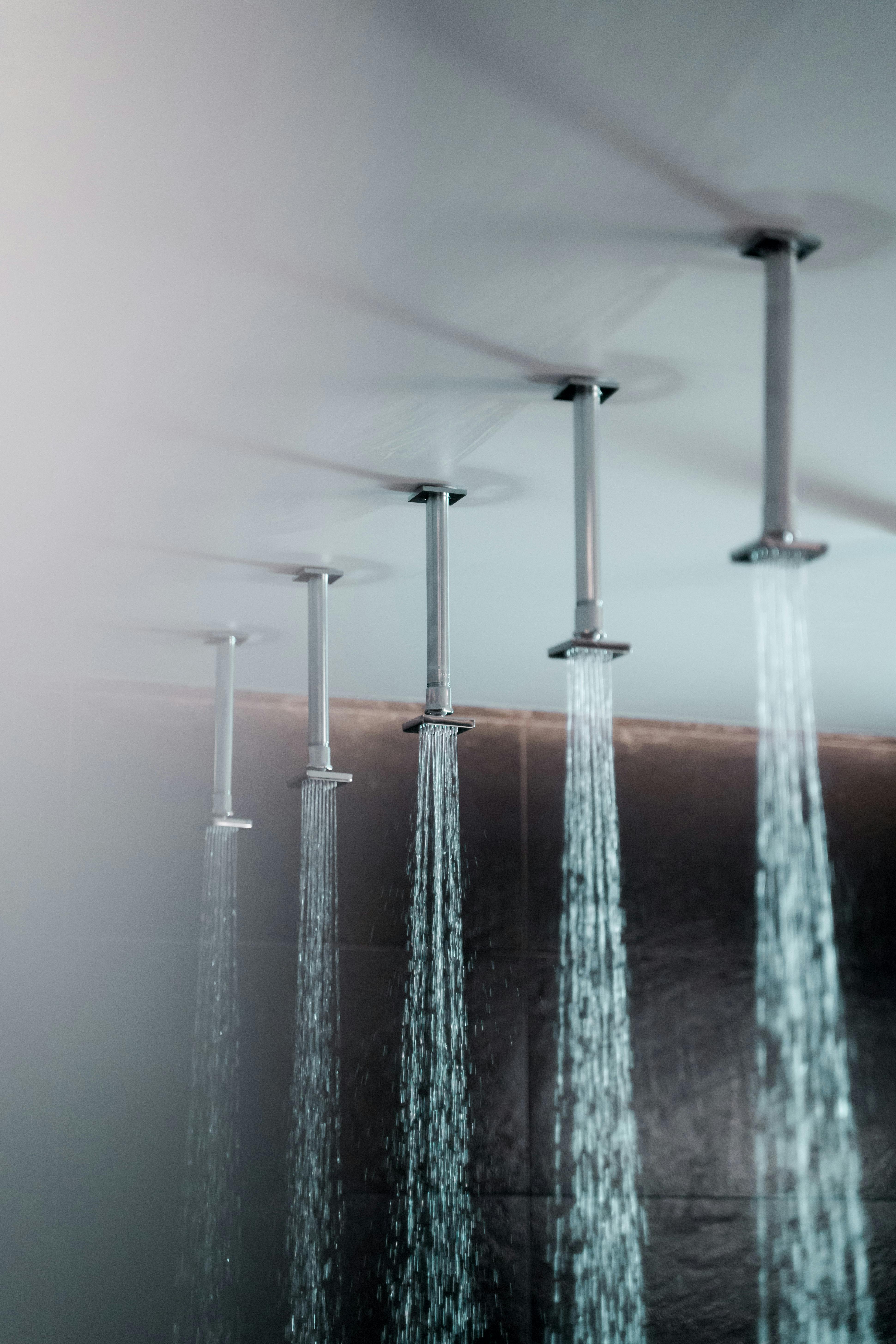Why not learn more about ?
 Why is Water Leaking from Your Ceiling?
Why is Water Leaking from Your Ceiling?
Water leaking from the ceiling is a reason for issue and should be dealt with without delay. Not only can it trigger damage to your property, however it might also show underlying issues that call for immediate interest. Recognizing the source of the leakage is vital in figuring out the proper service. Here are some usual reasons for water leaking from the ceiling and what you can do regarding them:
1 Picture Gallery: Why not learn more about ?
1. Roof covering Problems
An usual reason for water leakages is roofing problems. Harmed or missing out on shingles, fractured blinking, or clogged rain gutters can allow water to seep with the roof and right into your ceiling. If you discover water discolorations, mold and mildew growth, or trickling water from the ceiling after hefty rainfall, it’s likely a roof concern.
To attend to roof-related leaks, it’s vital to have a specialist inspect your roof covering. They can determine the specific trouble and advise the proper repair services or replacement. Regular roof upkeep, such as maintaining gutters tidy and examining for damages, can help stop future leakages.
2. Pipes Leaks
Water leaks from the ceiling can also happen due to plumbing issues. Leaking pipes in the walls or over the ceiling can create water to drip down and produce water stains or bulging areas on your ceiling. Plumbing leaks may be a lot more common in locations such as restrooms, kitchen areas, or utility rooms.
If you believe a plumbing leakage, it’s best to contact a qualified plumbing technician for assessment and repair services. They have the knowledge and devices to recognize and fix the problem without creating further damage to your residential property. Prompt fixings can protect against water damage and mold and mildew growth.
3. HVAC System Troubles
In some cases, water leakages from the ceiling might be a result of concerns with your HVAC (home heating, ventilation, and a/c) system. Condensation from the a/c unit can collect and produce water damages on the ceiling. Obstructed drain lines, harmed drip pans, or malfunctioning condensation pumps can create water to overflow and leakage from the ceiling.
If you presume an HVAC-related concern, it’s suggested to get in touch with a cooling and heating professional for inspection and repairs. They can determine the source of the issue and guarantee your system is operating appropriately, stopping future leaks.
4. Structural Damage
In uncommon instances, water leakages from the ceiling might be a sign of structural damages. Over time, excessive moisture, mold development, or maturing framework can deteriorate the ceiling’s stability, bring about leakages. This is much more common in older structures or locations prone to extreme weather.
If architectural damage is suspected, it’s critical to consult with a professional service provider or structural engineer. They can examine the degree of the damage and supply suitable options, which may entail fixings or even restoration of the affected area.
To conclude, water leaking from the ceiling ought to never ever be ignored. Determining the source of the leak and taking timely action can prevent more damages to your residential property and make certain the safety of occupants. Whether it’s a roof issue, pipes leak, cooling and heating problem, or architectural damages, looking for professional assistance is important in solving the problem effectively.
The Best Advice About I’ve Ever Written
This post topic: Technology


